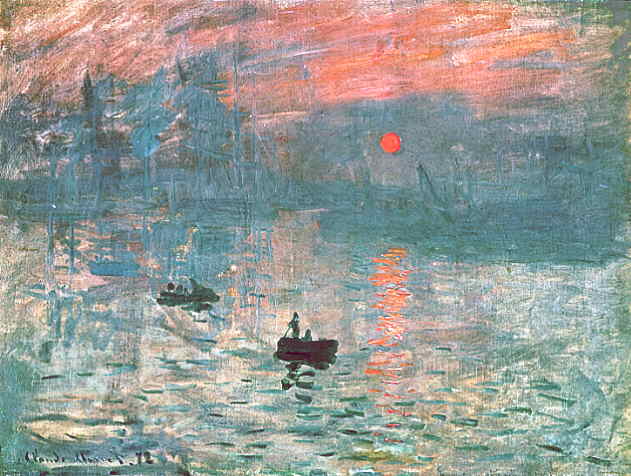



So why are there so few paintings like these? Well we can thank the camera for that. With the birth of the camera there was no need for super realistic paintings – those who weren't artists didn't see the beauty within it, it was just a waste of time to them since they could just capture any moment with the camera.
Painters needed something different in order for their paintings to sell, something that hasn’t been done yet. So since a camera is able to capture a moment in time down to the last detail, its only logical that the painter reversed that and took an image and reduced its accuracy to realism and made something new.
But how and why did impressionism stick? It was because impressionist artists combined two things together - realism and its opposite, in order to create a new type of art. If an impressionist painting is looked up close, the first thing you would notice is the direction of the strokes, the lines, the texture. But from far away it looks as though the image could be a realistic painting. Impressionistic paintings had their own charm that was greatly accepted into their time period at the time - though very short lived.

(Jean-Louis Ernest Meissonier - Dragon a Cheval 1870-91)
So why and how is this a win and a loss? A win is that we gave birth to a new art movement, one that was incredibly different yet still exposed raw talent. The natural artist fended for himself in order to find a way to have a sufficient income as well as stick to what they do best. But here's where the loss comes in: we lose the promotion and continuation of the realistic paintings such as the ones done by Marie Rosalie Bonheur, which were in most cases the outright determination of true talent.
-Athena Loizos
This was me, sorry!
ReplyDelete(Athena Loizos)